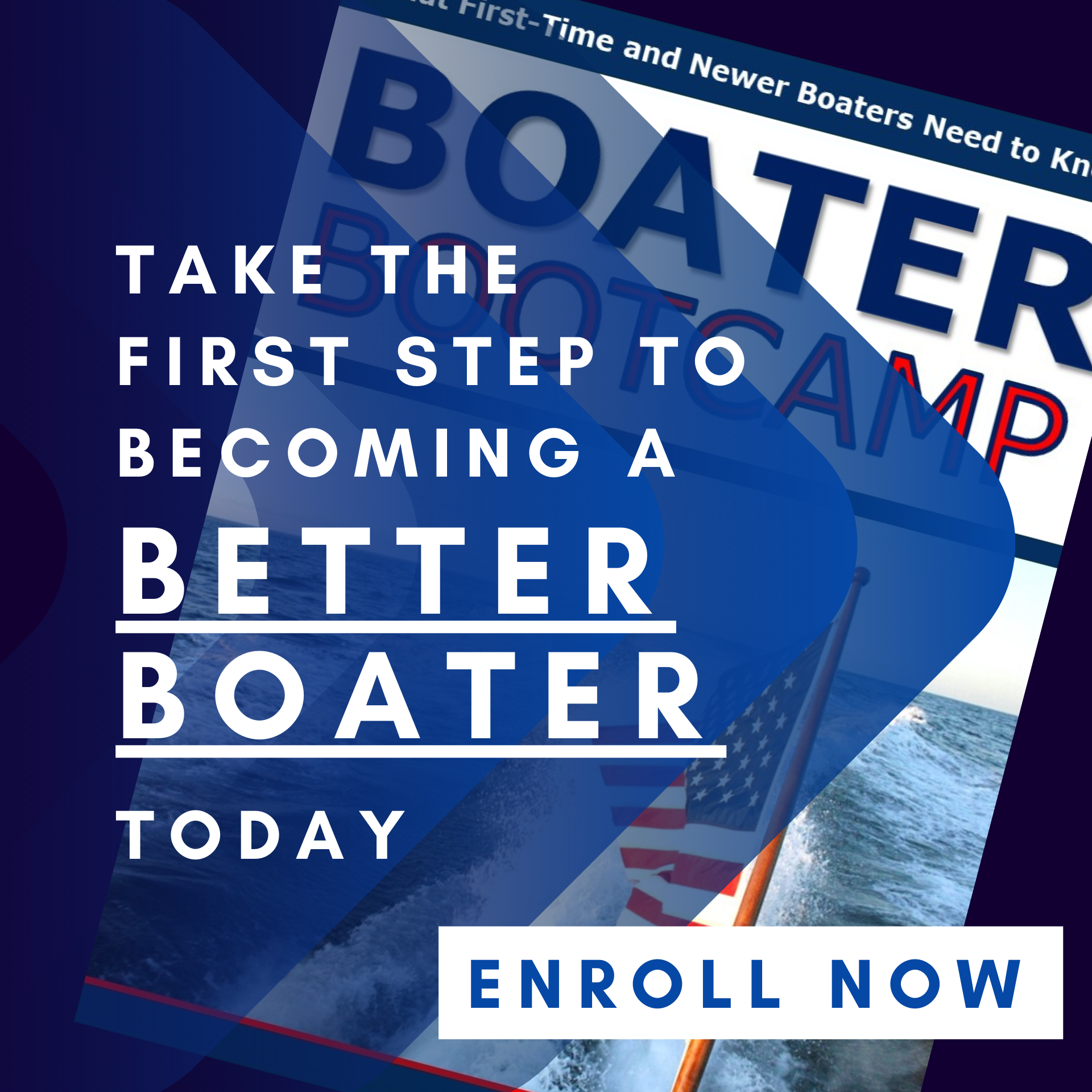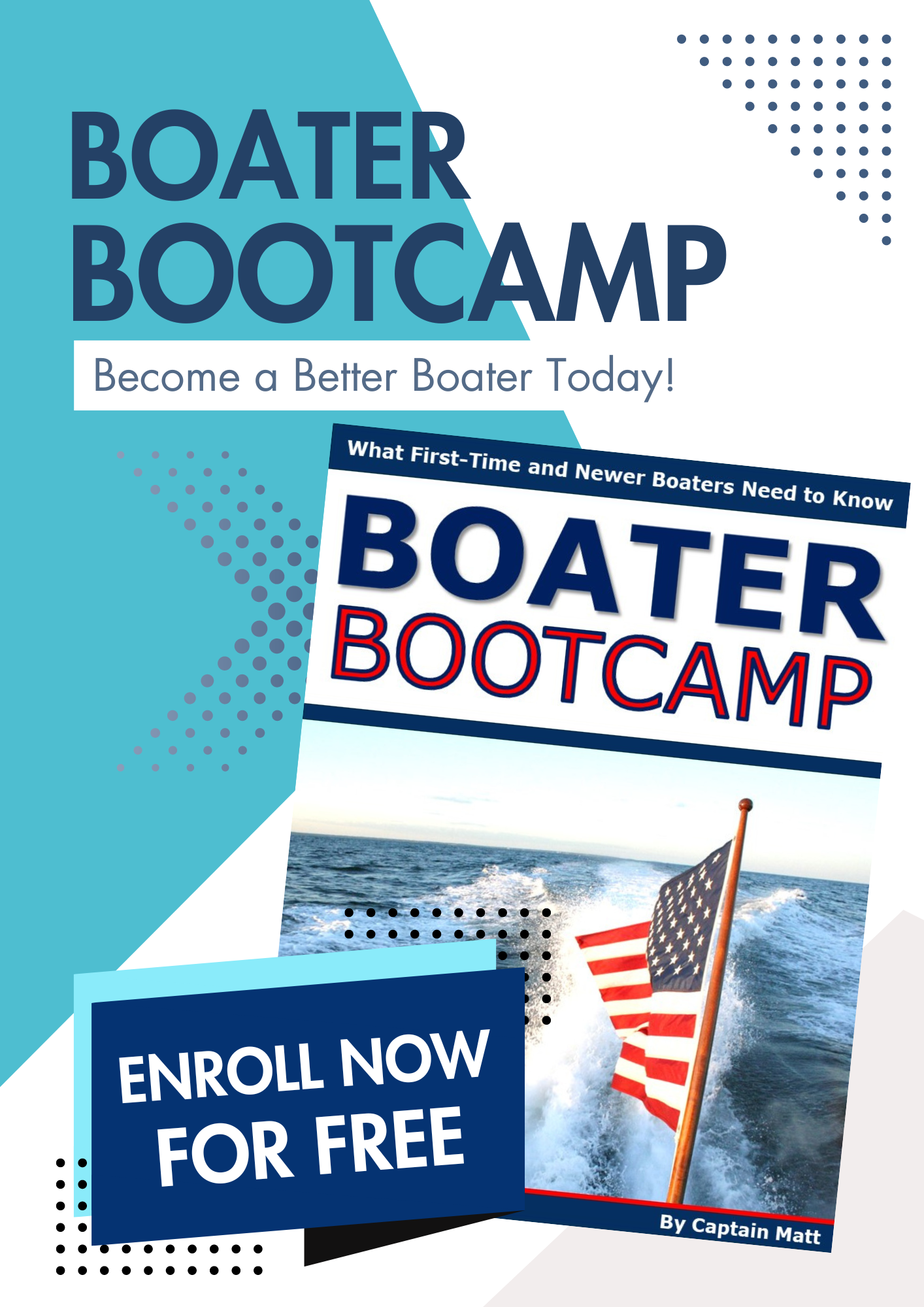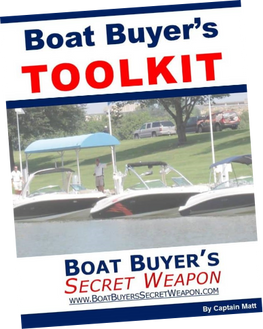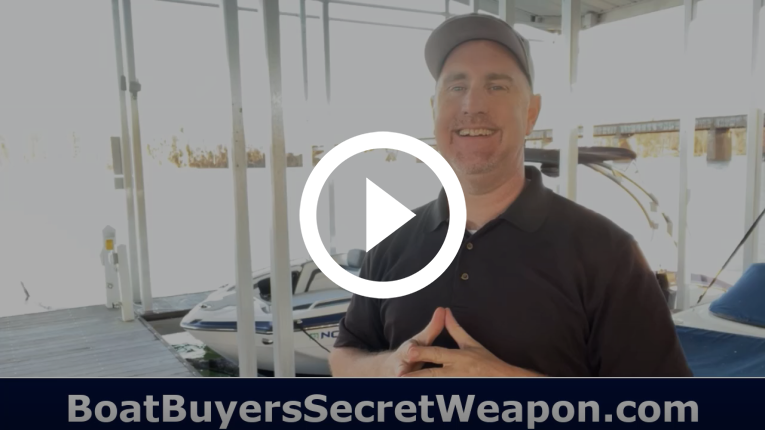Introduction: Protect Your Investment
Buying a pontoon boat is an exciting step, but not every deal is a good deal. Some used pontoons come with hidden issues that can cost you time, money, and frustration. This guide will walk you through common red flags to watch out for when shopping for a pontoon boat.
- Underpowered Pontoons
The Problem: Insufficient Horsepower
Buying a pontoon with a 40, 50, or 60-horsepower engine might seem like a bargain, but if it’s paired with a 20- to 30-foot boat, you’re in for disappointment. Underpowered pontoons struggle to get on plane, often maxing out at 12–20 mph.
Why It Matters:
- Slow speeds mean limited watersport capabilities.
- Strain on the engine leads to higher maintenance costs.
Pro Tip: Aim for at least 90–115 HP for medium-sized pontoons and 150+ HP for larger models.
Suggested Image:
A side-by-side comparison of two pontoons, one underpowered and one adequately powered, with speed indicators.
📘 Make the Right Choice: Download our Boat Buyer’s Toolkit for a horsepower guide based on boat size.
- Pontoons That Are Too Small for Your Waterway
The Problem: Rough Waters and Small Boats Don’t Mix
A 14- or 16-foot pontoon may work for small ponds but can’t handle larger, rougher lakes. These smaller boats often nosedive into waves, creating a bumpy and uncomfortable ride.
What to Consider:
- Choose at least a 22-foot pontoon for rough or busy lakes.
- Longer boats handle waves better and provide more stability.
Suggested Image:
A small pontoon struggling in choppy waters, with a larger pontoon cruising smoothly beside it.
- Pontoons with Small Diameter Tubes
The Problem: Outdated Tube Designs
Older pontoons with 23-inch diameter tubes lack the buoyancy needed for modern boating demands. Add a cooler, fuel, and passengers, and you’ll see water splashing over the bow.
Modern Standard:
- Today’s pontoons often feature 25-inch tubes or larger for better buoyancy.
- Some tri-toons now offer 27–29-inch center tubes for additional stability.
Pro Tip: Look for pontoons with larger-diameter tubes for smoother rides and better weight distribution.
🛠️ Know Before You Buy: Use our Boat Buyer’s Toolkit to evaluate pontoon designs and specifications.
- Stern Drive Pontoons
The Problem: Maintenance Nightmares
Stern drive pontoons come with tight engine compartments that are difficult to access for repairs. Regular maintenance becomes a challenge, and any significant issues can quickly escalate into costly repairs.
When to Consider Stern Drives:
- Only for very rough waters where the deep drive offers better grip.
- Outboards are generally a more reliable and user-friendly choice.
Suggested Image:
A stern drive engine compartment with a caption: "Tight spaces make maintenance a headache."
- Overpowered and Rebuilt Pontoons
The Problem: Structural Stress
Adding oversized four-stroke engines to older pontoons designed for lighter two-strokes can lead to structural damage. Exceeding the manufacturer’s horsepower limit risks transom failure.
Check the Placard:
- Every pontoon has a U.S. Coast Guard placard listing maximum horsepower and weight capacity.
- Stay within the recommended limits to avoid costly repairs.
Pro Tip: Avoid pontoons with engines that exceed the manufacturer’s recommendations, even if they look like a great deal.
- Pontoons with Rotted Floors
The Problem: Hidden Decay
Older pontoons with untreated plywood floors may develop rot, compromising the boat’s integrity. Replacing a floor isn’t as simple as it sounds—it requires removing all seats, fencing, and hardware.
What to Watch For:
- Spongy or soft spots in the deck.
- Signs of water damage around the flooring edges.
📘 Inspect Like a Pro: Download our Boat Buyer’s Toolkit for a complete pre-purchase inspection checklist.
- Cracked or Damaged Transoms
The Problem: Major Safety Concerns
A cracked transom can lead to catastrophic failure, especially with heavier engines. Check for cracks, wood rot, and signs of previous repairs.
Pro Tip: If you’re not an expert welder or don’t have access to one, walk away from pontoons with transom issues.
Suggested Image:
A close-up of a cracked transom with arrows pointing to stress points.
- Pontoons on Scissor Trailers
The Problem: Unstable Transport
Scissor trailers lack stability, making them unsuitable for long-distance towing. They’re prone to tipping during transport, especially on uneven or curvy roads.
What to Look For Instead:
- Pontoon trailers with larger wheels and better weight distribution.
- Avoid trailers with small wheels that overheat during long trips.
🛠️ Get the Right Gear: Our Boat Buyer’s Toolkit includes tips for selecting safe and reliable trailers.
Surprising Pontoon that is Not on the Don’t Buy List:
- Rental and Club Pontoons: Proceed with Caution
The Myth: All Rental Boats Are Beaten Up
Contrary to popular belief, rental and club pontoons often have excellent maintenance records. While they may have high engine hours, regular servicing by professionals ensures reliability.
What to Inspect:
- Structural damage or signs of heavy use.
- Engine history and maintenance records.
Pro Tip: A well-maintained rental boat can be a great value if inspected thoroughly.
Final Thoughts: Avoiding Pontoons That Disappoint
By understanding the common pitfalls of used pontoons, you can make a smarter, more informed purchase. Whether it’s avoiding underpowered engines or steering clear of structural issues, a little due diligence goes a long way.
🚤 Find Your Dream Pontoon: Download our free Boat Buyer’s Toolkit for expert advice, checklists, and negotiation tips.
Suggested Image:
A happy family enjoying a smooth ride on a well-chosen pontoon, with text overlay: "Confidence starts here—get the toolkit!"
















